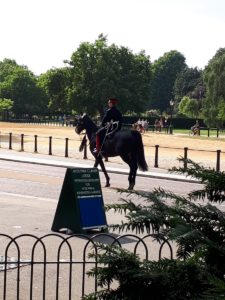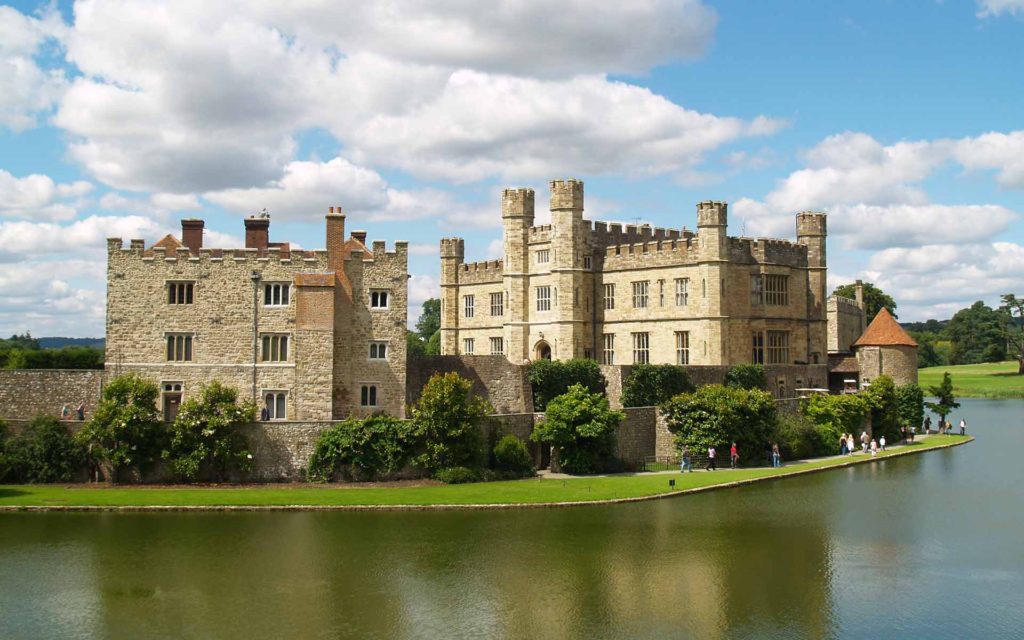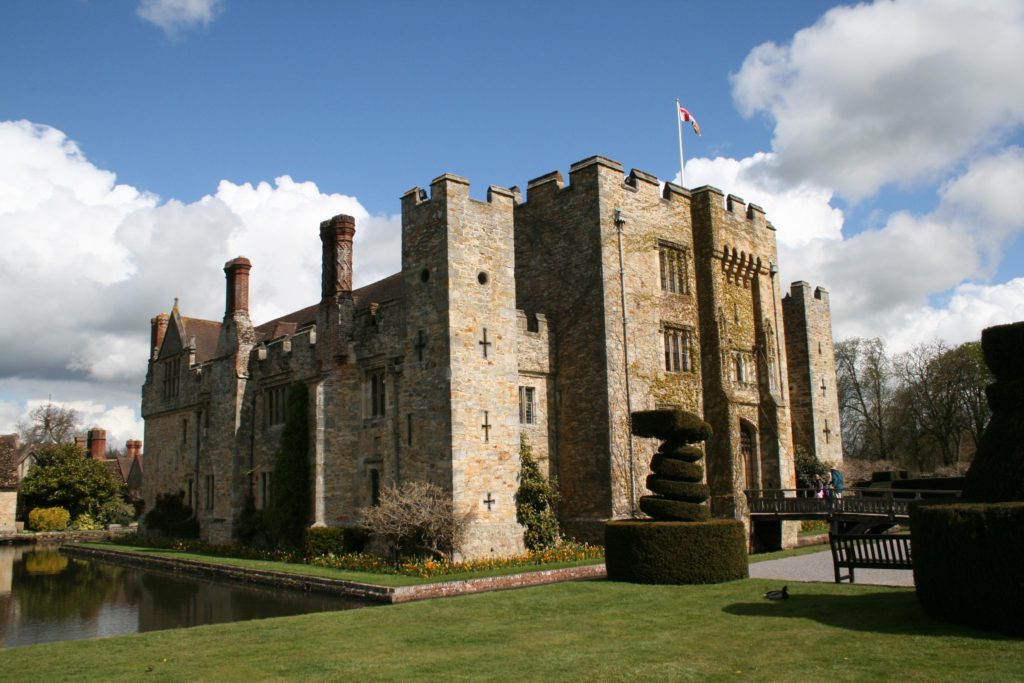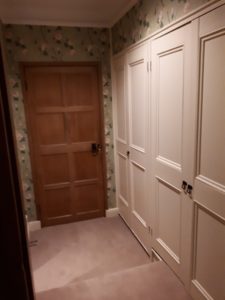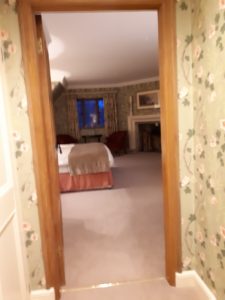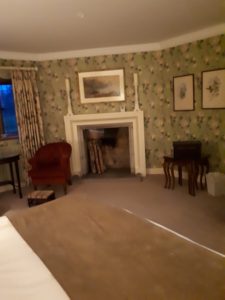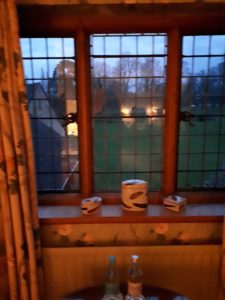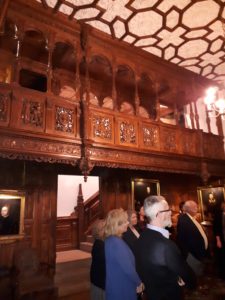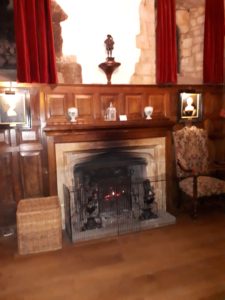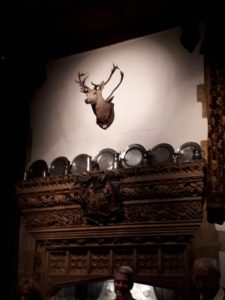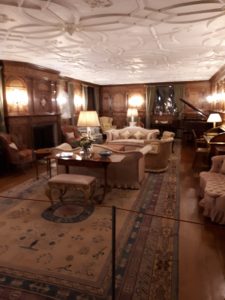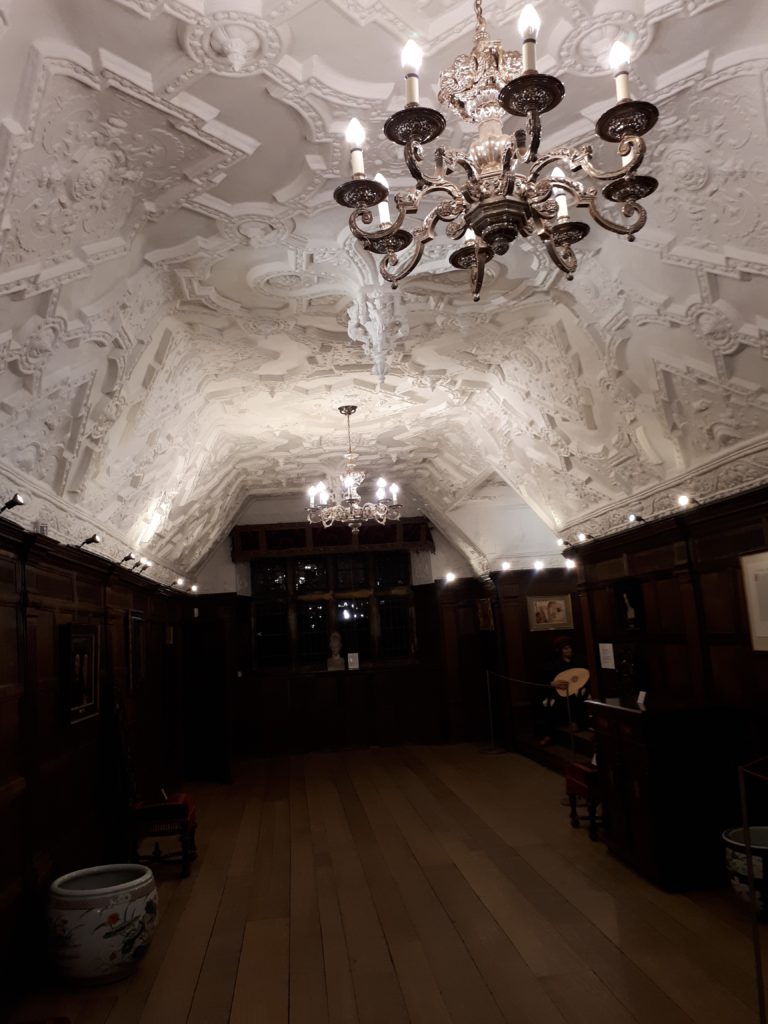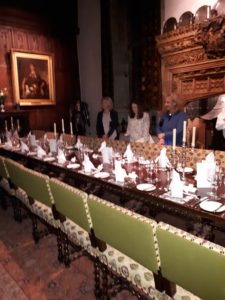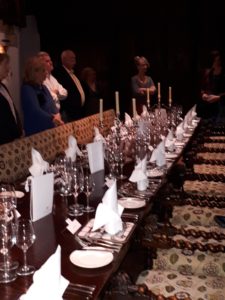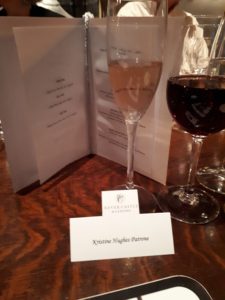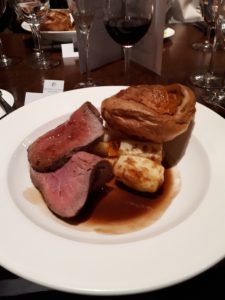Originally published in 2010, we’re re-running this post now because we think you may like to look at Haddon Hall’s glorious gardens on this cold December day. Victoria and Kristine revisited Haddon Hall this past September on Number One London’s Country House Tour and the gardens were stunning. Do check our new line-up of tours at Number One London for details on the 2018 Country House Tour!

I visited Haddon Hall on a cool early summer day and found roses climbing all over the ancient grey walls, their colorful profusion a perfect complement to the lichen-covered stone.
Haddon Hall, high above the Wye River near Matlock in Derbyshire, is typical of medieval manor houses: built of local rock with thick walls and small windows.
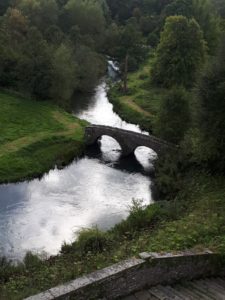
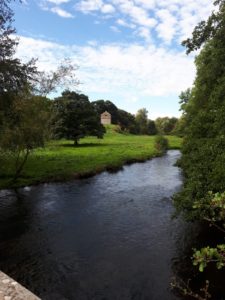
The property is listed in the Domesday Survey conducted shortly after William the Conqueror took over England. The Domesday Book was a great survey completed in 1086, a sort of census. William wanted to know who the landholders were and what taxes he could collect from them, so his clerks looked for property holders from the time of Edward the Confessor. The judgment of the assessors was final and there was no appeal. The name Domesday comes from the Old English word dom (same root as doom in modern English) meaning accounting or reckoning. The book of this census is known by the English as ‘Domesday’, that is the Day of Judgment.
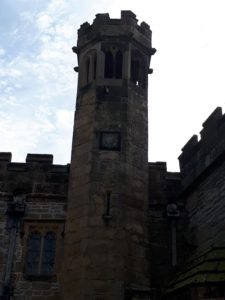
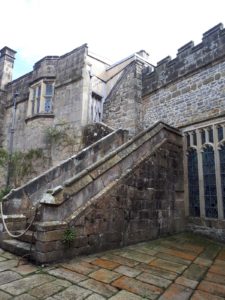
Many of the finest English Country Houses evolved from ancient foundation structures of which few traces remain. Rebuilding, remodeling, and redecorating have been beloved preoccupations for centuries. Houses were altered by almost every generation to incorporate the latest technological improvements or to enhance the size, style and beauty of their surroundings. The richer the family members, the more they rebuilt over and over again.
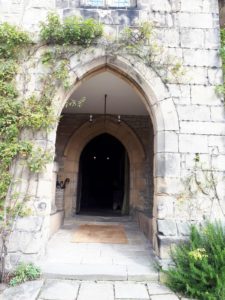


The Haddon estate came into the Vernon family through the marriage of its heiress in 1170 to Richard Vernon.
The oldest and best-preserved old houses usually are passed down in a family through the female side. History repeated itself when in the mid-1550’s, Dorothy Vernon eloped with Sir John Manners, a son of the Duke of Rutland, against the wishes of her father. But despite his opposition to the match, Haddon Hall soon became the property of the Manners family, which has owned it ever since. It was, however, a secondary residence to the Rutland’s primary estate, Belvoir (pronounced Beever) Castle.
Since secondary residences were visited rarely, there was little urge to remodel to wife’s property. This pattern is repeated many times throughout the history of various stately homes. Cotehele in Cornwall and Chiswick near London are two more excellent examples. The romance of Dorothy Vernon and Sir John Manners was the basis for the 1902 novel Dorothy Vernon of Haddon Hall by Charles Major, popular author of historical romances including When Knighthood was in Flower (1898). Major altered parts of the story and his novel was further enhanced when it was made into a movie starring Mary Pickford in 1924. The story has also inspired a play and an opera.

Haddon’s exterior is typically medieval, severe and somber, yet softened by lovely gardens.
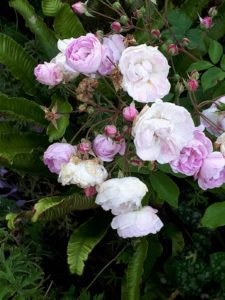


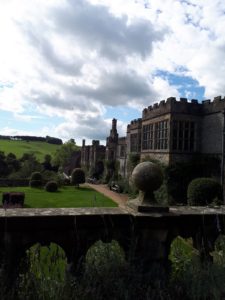
Inside, many rooms are open to visitors. In 1370, Richard de Vernon built the banqueting hall to house forty to fifty people. The house and continued to grow in subsequent centuries, both in number of inhabitants and in number of rooms and outbuildings.


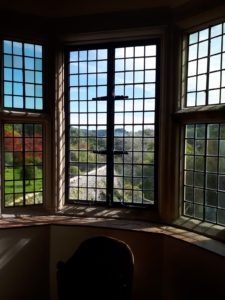
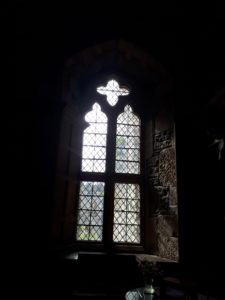
The long gallery was added later and is typical of those found in Tudor and Elizabethan era houses, designed to replace cloister-style open air walkways. One strolled back and forth in the long gallery to take daily exercise where it was somewhat more protected.
Throughout the 18th and 19th centuries, Haddon Hall was ignored and fell into disrepair. Not until the 1920’s was major restoration begun. It continues today under the direction of Lord and Lady Edward Manners. Haddon Hall is often used in films and stood in as Prince Humperdink’s castle in The Princess Bride.
Whether it was the elopement story or the abundant roses, I found Haddon Hall very romantic and great inspiration for the imagination.
Previously published in 2010.
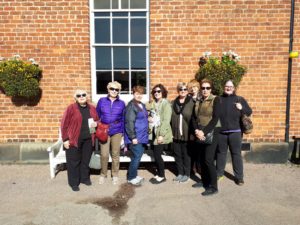
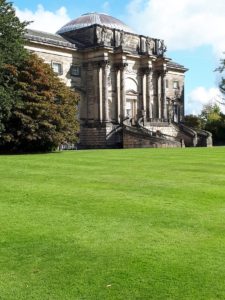
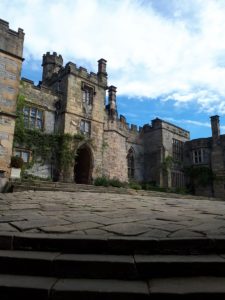
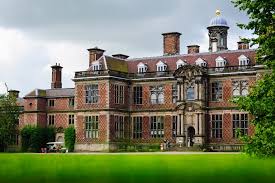
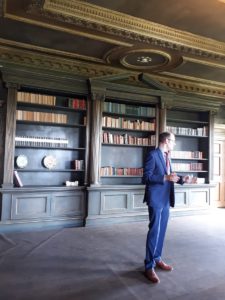
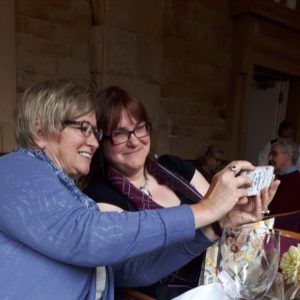
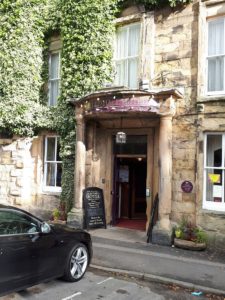
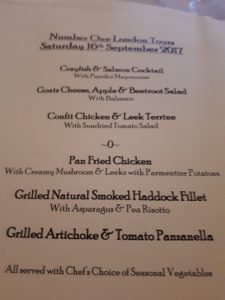
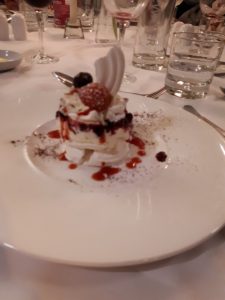
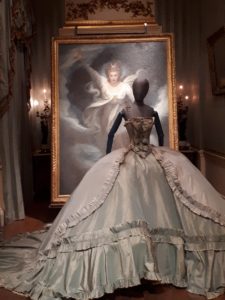
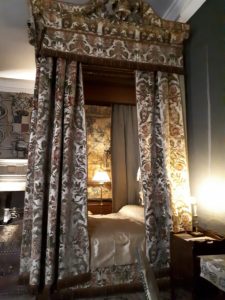
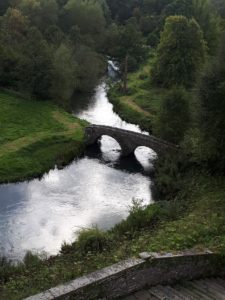
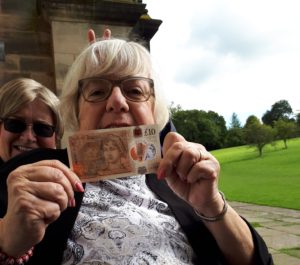
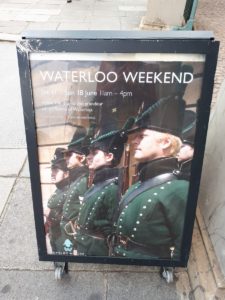
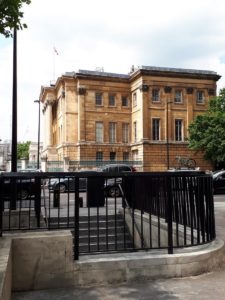
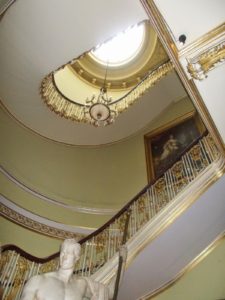
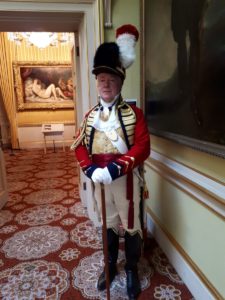
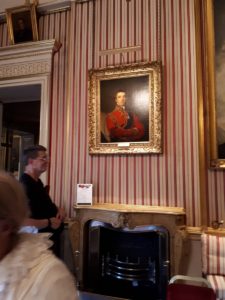
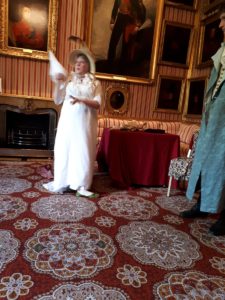
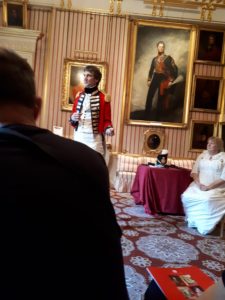
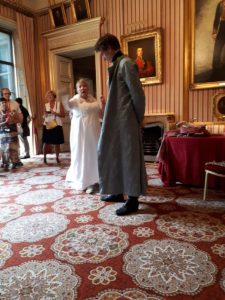

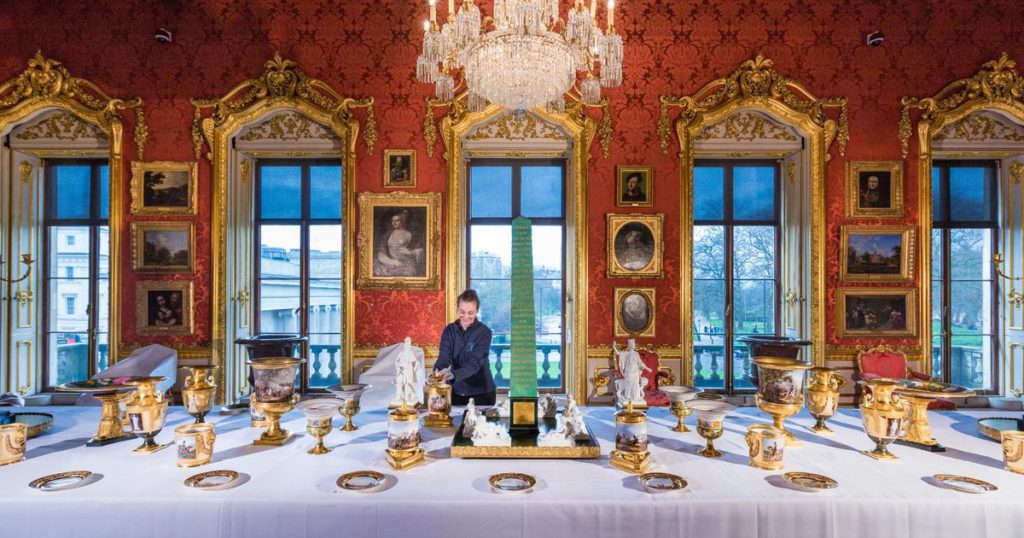

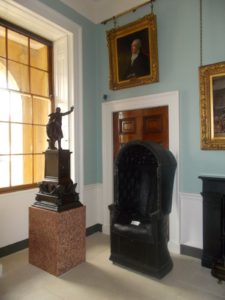
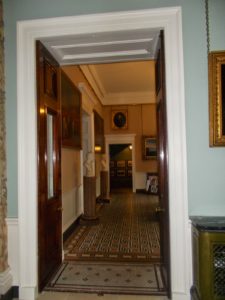

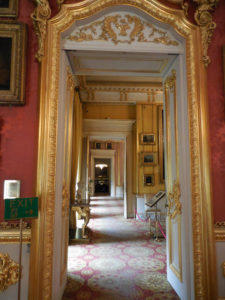
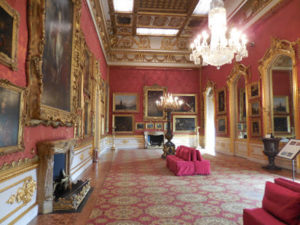 Where I showed Loretta a secret feature of the room. I wish I could share it with you, but I’ve promised Loretta that she can use it as a plot device in an upcoming book, so I can’t talk about it until that’s published. (Sorry!)
Where I showed Loretta a secret feature of the room. I wish I could share it with you, but I’ve promised Loretta that she can use it as a plot device in an upcoming book, so I can’t talk about it until that’s published. (Sorry!)
